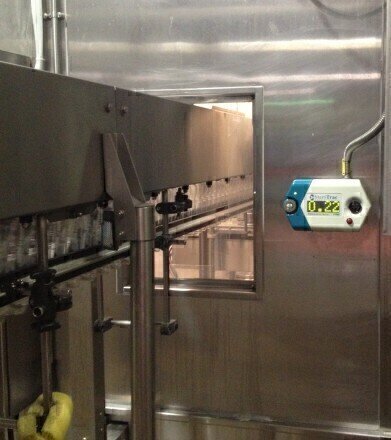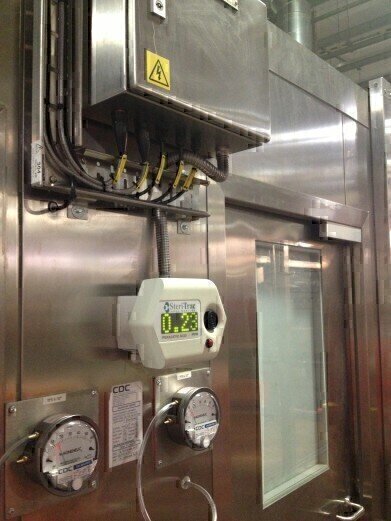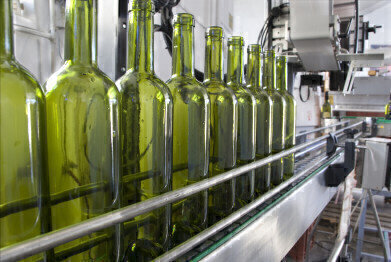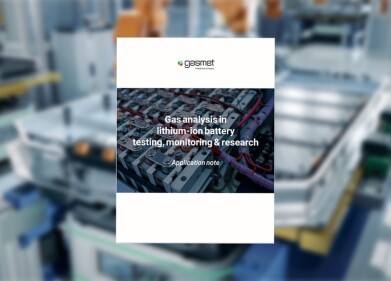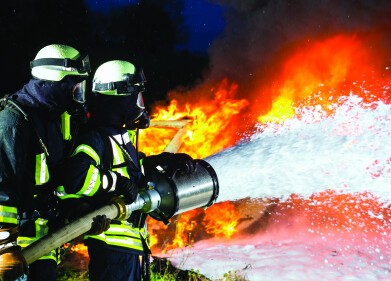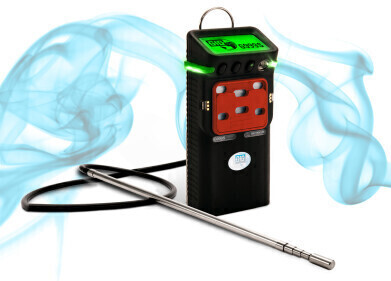Health & Safety
a1-cbiss Supply New Peracetic Acid Monitor to Prevent Serious Health Effects
Oct 09 2013
In partnership with ChemDAQ, a1-cbiss have launched a ground breaking technology for Peracetic Acid (PAA) Monitoring to the UK market. Since the launch of the Steri-Trac, a1-cbiss have been approached by a number of leading food & beverage companies to provide a complete PAA monitoring solution.
Prior to working with a1-cbiss the market didn’t have a means of directly testing PAA and often had to resort to using a hydrogen peroxide sensor
The Background
Peracetic acid is a colourless organic compound, with a characteristic pungent odour similar to vinegar. Due to its high oxidising properties, PAA is used as sterilant on food and beverage processing lines.
Although there are currently no UK exposure limits, reference can be made to the proposed Permitted Exposure Limits (PEL) in the United States, where the ACGIH have plans to set a short-term exposure limit (STEL) to 0.4ppm over a 15 minute period. Currently the responsibility to protect workers from PAA in the UK lies solely with the company.
Problem
A large UK bottling plant first identified the need for PAA monitoring when their workers experienced severe physiological effects. Workers began to feel the effects of over exposure to PAA after a while and each experienced symptoms of:
- Irritation and burning of the skin and eyes
- Irritation of the nose and throat
- Irritation of the lungs causing coughing and shortness of breath.
Historically in other plants when prolonged exposure has been ignored, workers have been known to develop long term chronic health effects to the liver, heart and kidneys.
Solution 'The only fixed detector to monitor Peracetic acid accurately at ppm levels'
Keen to protect the health of their employees, the bottling plant approached a1-cbiss to use their engineering expertise to complete an initial site survey to help specify where PAA detection was required. The site survey concluded that a continuous monitoring system was essential to ensure that workers were not further exposed to high levels of PAA, identifying a total of 16 sensors required.
Once the project was agreed a1-cbiss drew up a complete project plan to include sensor positioning, cabling and outputs.
The plant was then able to set its own configurable alarm levels using ChemDAQ’s Data Acquisition Software (DAQ). The low level alarms were set to provide a visual warning when high levels of PAA were present, whilst the high level alarm thresholds were set to provide both a visual and audible alarm to indicate the area was unsafe to work in.
Speaking on the success of the project, Graham Burns Gas Detection Manger, commented: “We have been working alongside ChemDAQ to provide an easy-to-use gas monitoring system for the food and beverage industry. Installed in three major plants across the UK, the Steri-Trac has been a complete success story so far.” He continued: "Not only is the Steri-Trac unique in its offering of continuous PAA monitoring but its smart sensor exchange program eliminates any need for onsite calibration.”
Digital Edition
IET 34.2 March 2024
April 2024
Gas Detection - Biogas batch fermentation system for laboratory use with automatic gas analysis in real time Water/Wastewater - Upcycling sensors for sustainable nature management - Prist...
View all digital editions
Events
Apr 22 2024 Hannover, Germany
Apr 22 2024 Marrakech, Morroco
Apr 23 2024 Kuala Lumpur, Malaysia
Apr 23 2024 Kintex, South Korea
Apr 23 2024 Edmonton, AB, Canada
